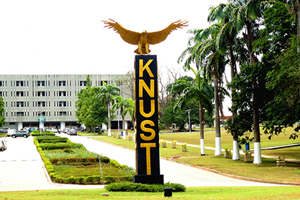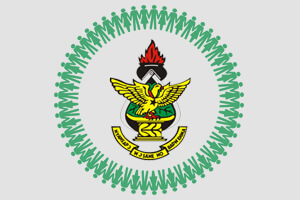A study by the Department of Forest Resources Technology at the KNUST College of Agriculture and Natural Resources (CANR) has revealed that illegal miners in Ghana face a high incidence of physical injuries but have limited access to medical care.
Conducted in three communities- Nkurokan, Esaase, and Pokukrom in the Upper Denkyira East Municipality of the Central Region, the study examined the physical health risks of illegal mining (galamsey) and their implications for achieving the Sustainable Development Goals (SDGs).
The findings, published in the journal Resources Policy, show that individuals engaged in illegal mining span various age groups, with those between 21 and 30 years being the most represented.
While much attention has been given to the environmental consequences of illegal mining such as mercury contamination, land degradation, and habitat destruction, the significant health risks faced by miners have largely been overlooked.
It was found that injuries, particularly to the limbs, head, and arms, are common among illegal miners, yet most do not seek medical attention. This is due not only to their efforts to evade law enforcement but also because mining activities typically occur in remote areas far from healthcare facilities.
The study also pointed to a widespread lack of knowledge and use of personal protective equipment (PPE), further contributing to the high rate of injuries.
Given the extensive nature of illegal mining in Ghana, these health risks pose serious public health concerns and threaten progress toward several SDGs.
- Home
- About us
- Academics
- Admissions
Admissions
- Research
- Media & Press
- Students
Students
- Staff
- Alumni
News
Media & Press
Illegal Miners in Ghana Suffer Injuries Without Medical Care-Study Finds


















